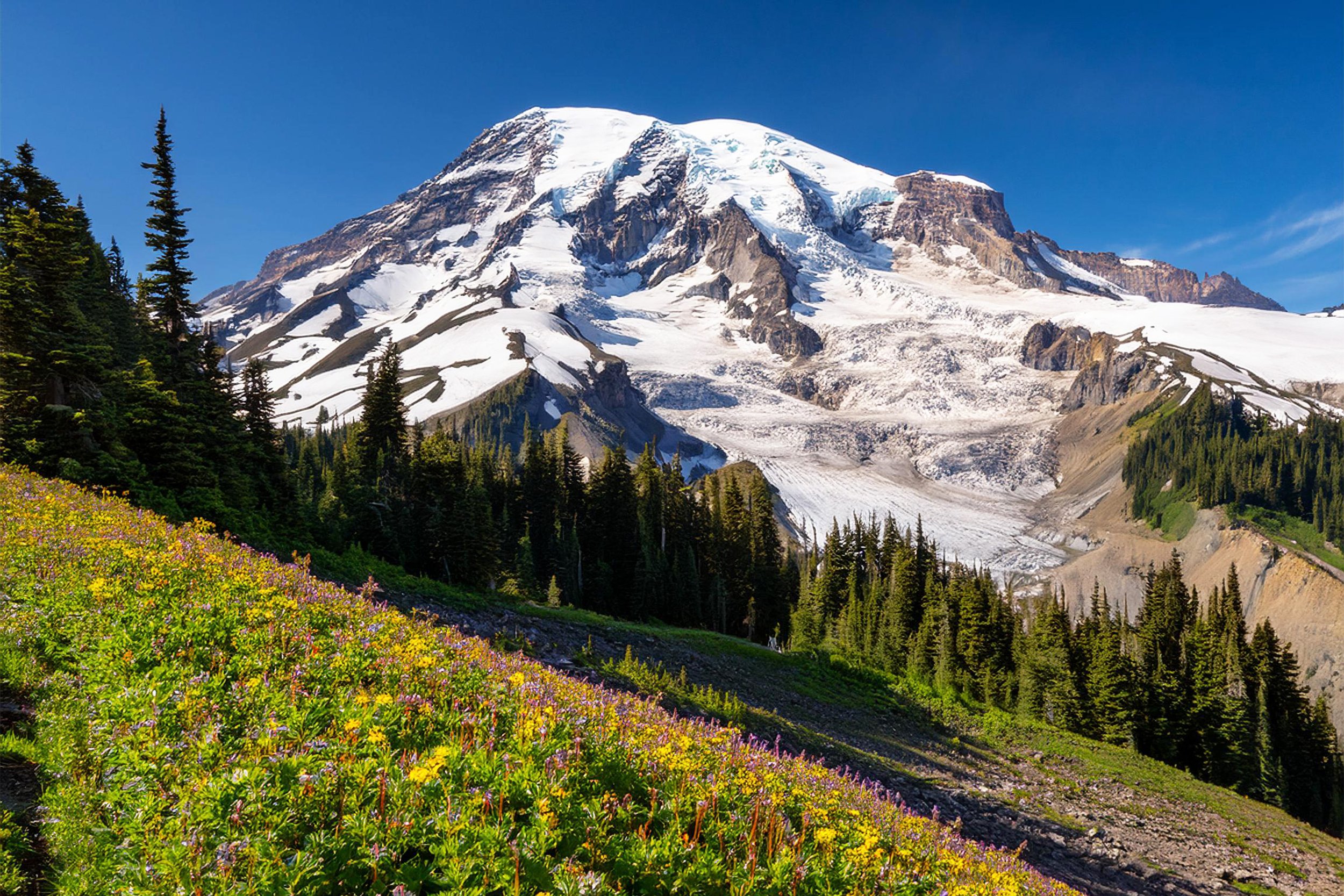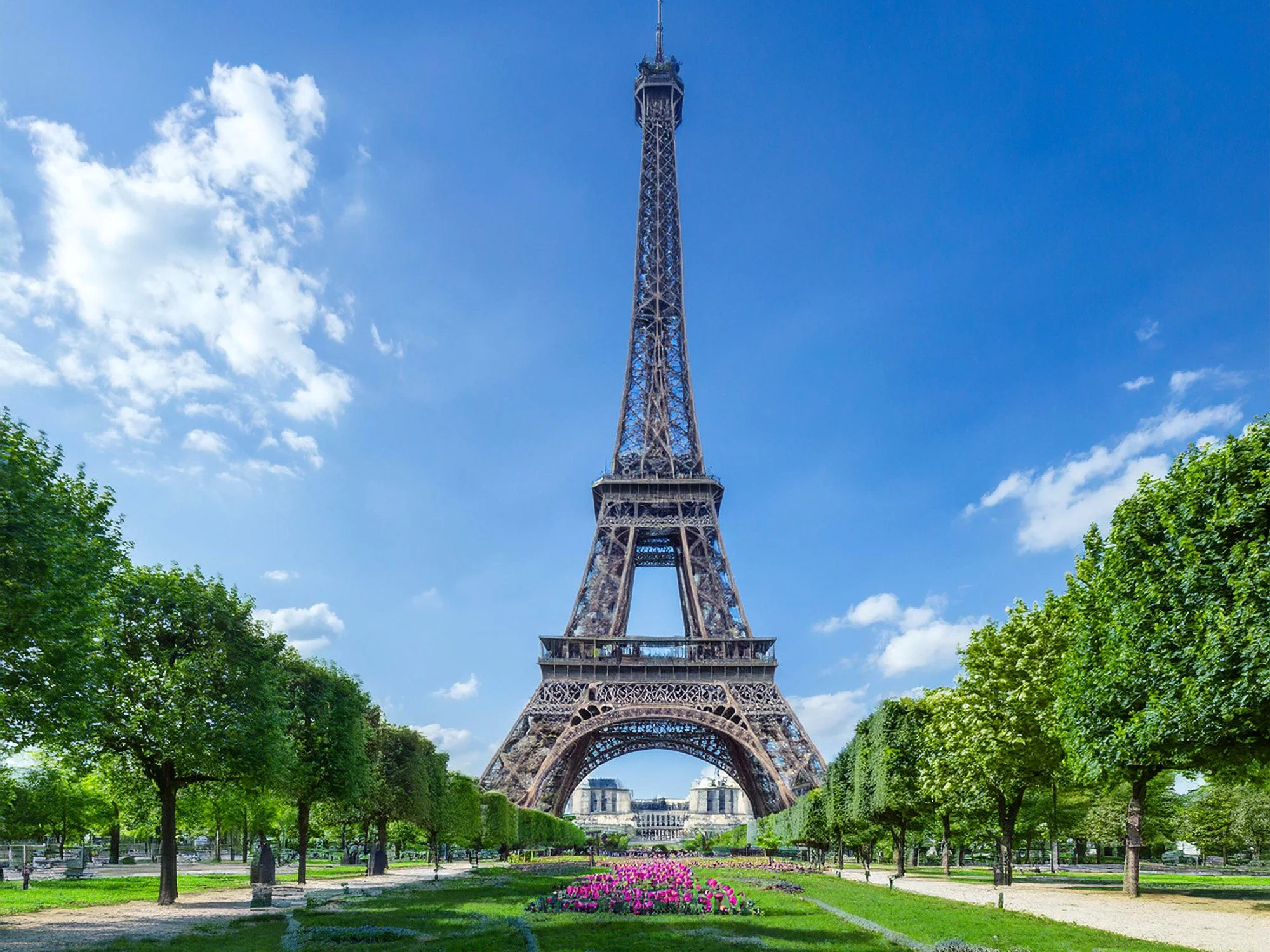AI Images
Fake: Generated from Adobe Photoshop Beta
The other day I ran across an article from Epoch Times titled “Fake images are Everywhere Now—Here’s How to Spot Them” The article seemed to be particularly relevant because I had noticed an increasingly large number of distinctive AI generated images on Facebook. One particular offender was a user/member by the name of Cozy Haven. One of the things that the Epoch Times pointed out was the use AI programs against these AI generated images to determine which ones were real versus artificially created. Consequently, I signed up for Winston AI Detector and started working my way though Cozy Haven’s posted images. The process proved quite time consuming as well as irritating. The quick result was that around 95% of Cozy Haven’s posted images were AI generated. It is important to point out here that there are approximately 1,700 images in Cozy Haven’s Facebook page and I sampled almost 70 and out of that sample around 98% were AI generated. But what I found particular disconcerting is that many of the generated images looked nothing like what it was suppose to represent. With such a large number of generated images, they must have started early with an AI Generator and then perfected the process, as some of the images looked quite good.
On the left we have the lates addition from Cozy Haven, an image representing Mirror Lake in the Uinta Mountains in Utah. After I ran it through Winston AI it said that 99% was AI generated. On the right is the best I could find that comes close to the AI generated image. In reality, the most displayed images contain Bald Mountain to the west of the lake. The Mirror lake in the Uinta Mountains is at 40.70160, -110.88823 and contains no mountain formation as shown in Cozy Haven’s image. This reflects the problem with generated AI images. Even when using a specfic discripter if the Ai program does not have any reliable information it will make stuff up from, perhaps other lakes with the same name.
After spending a lot of time going through Cozy’s Ai image, I was then curious what program Cozy was using to produce these image. I won’t bore you with the process. Needless to say i went though about 5 AI text to Image generators looking for the best AI image of a) Mt Rainier in Spring from Mazama Ridge and b) Mt Hood in the evening from Trillium Lake.. All of my original attempts were worthless, either cartoonish or really not very real. Nothing compared to what Cozy was producing. I then dissevered that there were more sophisticated language models and it would take a lot of work to figure them out. Not my cup of tee. So then I moved to Adobe Photoshop’s beta program and their Image generating feature.
Adobe PS Beta screen
Adobe Generated image.
My Mt Hood image from Trillium Lake, at sunrise
So now we come to the gist of why I am doing this article. Not only did Photoshop develop a wonderful image of Mt Hood from Trillium Lake but it actually looks a little more appealing than my winter shot of Mt Hood from essentially the same location. To the trained eye, they will notice that the mountain itself is not exactly as it should look like from this vantage point. However to make things worse, unlike the Mt Rainier image I used at the top of this article, Winston AI gave the Photoshop AI image a 92% human and 8% AI. while it have my image an 88% AI and only 12% human. Perhaps the reason for my high AI rating is that I did a fair amount of Photoshop enhancement since it was taken a while ago but with a good camera, the Nikon D800E.
This result is extremely problematic for those dedicated to Scenic/Landscape photoraphiy. If there is not a valid method of ascertaining which is AI and an actual image and if the AI image produced as excellent as the image of Mt Hood. People will gravitate towards the AI image. This is also a big issue for those using Adobe products, visa vie Photoshop as with their latest Terms of Use allowing Photoshop to learn processing from users.
However things are not dire yet. The generative feature worked great on a simple subject where there was a lot of image data available to learn with and draw upon, but when one tries to generate a more specific image, their AI is challenged. For example, if I type in Heceta Head Lighthouse it produces some unusual results below. The reason I chose Heceta Head is that it is suppose to be one of the most photographed lighthouses. As I attempted to generate different AI images of lighthouses, that a lot of them had parts drawn from the Portland Head LH, I thought I would try it and volia, it did a good job, again demonstrating the need for a sufficiently large data source for the AI system.
As you can see above, the first image top, left is a strict AI generated image of the Heceta Head LH. The second top image, center is generated using an actually image, top right as a reference. Notice how it adapted the color of the rocks better and at least put the tower on the mainland, but the tower is ll wrong. The bottom row left is the AI generated image of the the Portland Head Lh, which Winston claims is 97% human and the one in the center is my image of the lighthouse, with which I only get an 87% human rating. (I wonder if there is something in the downsizing to a jpg file that makes it harder to discern all human, as I hardly made any adjustments to my image.) PS did a really good job on Portland Hear, rocks, buildings, etc. The top of the LH looks a little off though.
As a person tries to get more explicit the AI generation gets farther off. Now I switched to Paris and first off typed in Eiffel Tower. What I got back was an image of a camera. So then, I typed in “Eiffel Tower in Paris” and it gave me a goofy picture. Then I tried “Eiffel Tower in Paris from the Seine” it gave me a nice image of the Seine and a couple out of place additions of the Eiffel tower. Finally I tried “Eiffel Tower and used the last image below as a reference and it produced some decent, believable images.
Oh, and by the way, the Eiffel tower AI image generated with the reference image got a 56% human and a 44% A!. My image, which was a Panorama image of blended from 3 different images in Lightroom got a 98% AI rating. So, Photographers, we have a problem. The more data, Adobe gets the better they will be able to compete with us. And the problem we have is there no reliable method of determine the difference between AI and reality, other than knowing something about the subject and what is out of place like the planters in front of the Notre Dame Cathedral.
As a final comment, almost all human photographers, when asked if they have an image of, say the Moulin Rouge in Paris will give you an honest answer, either they have it or they do not. AI will always give you an answer even if it is way off base. AI does not know the meaning of, NO, so when one gets a response as it pertains images of things, it is most likely an AI hallucination and not accurate or correct.


















